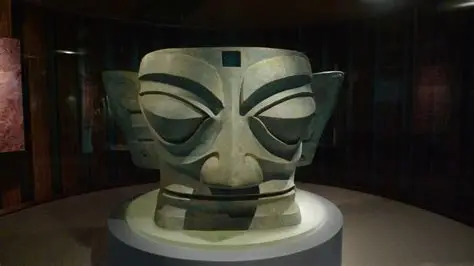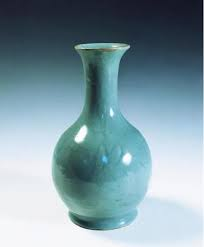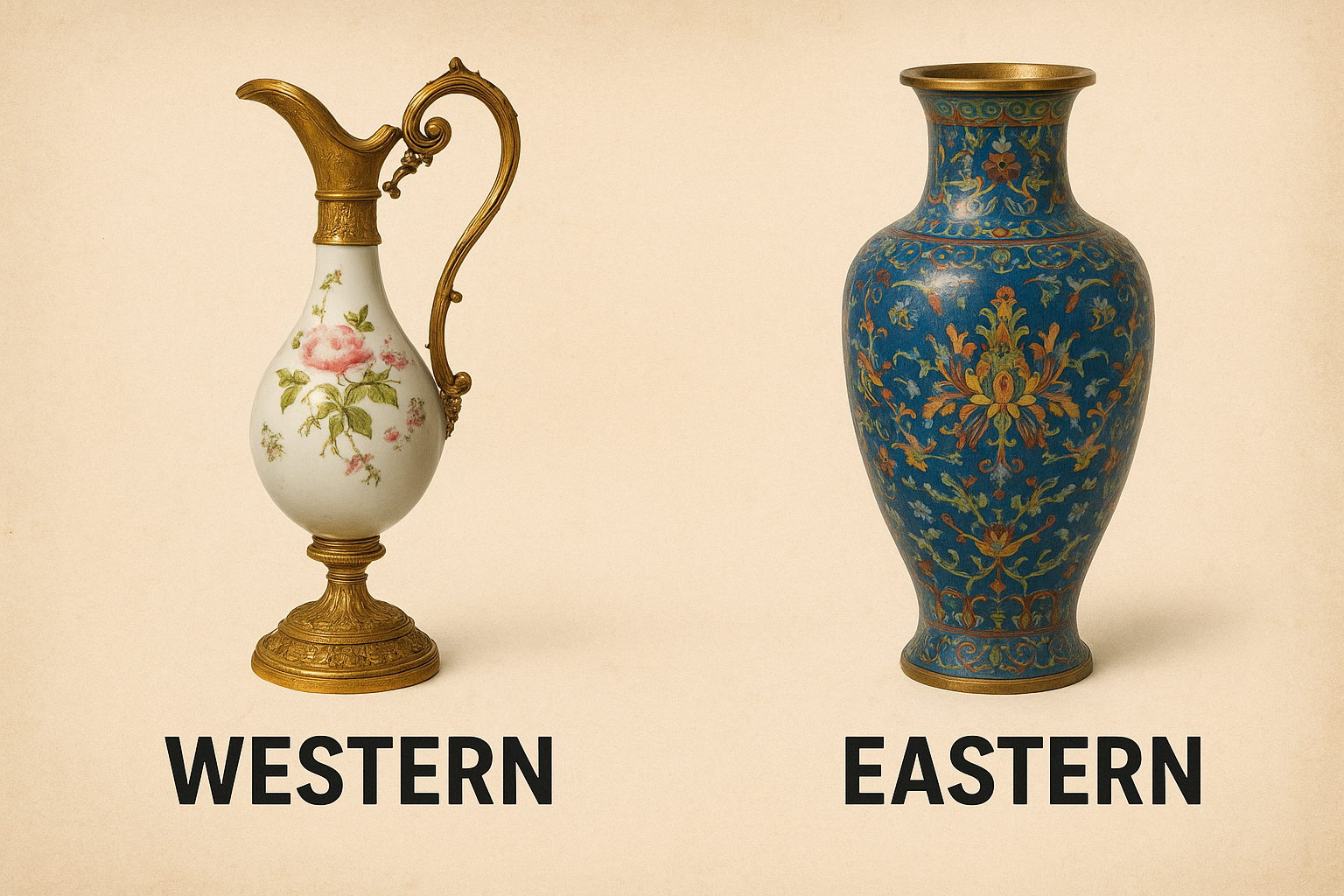On the vast Chengdu Plain in southwestern China, an ancient and mysterious civilization has awakened…

Time’s Auctioneers: The Ancient and Modern Culture of Antique Auctions
In today’s dazzling auction houses, the rhythm between the raising of a paddle and the fall of the hammer is not just a transaction—it’s continuity, a thread linking past and present. From one side of a blue-and-white porcelain vase to a Ming dynasty huanghuali chair, antique auctions bear the weight of time and sketch a global portrait of cultural exchange. Auctions have transcended mere commerce; they are cultural spectacles, acts of reverence and rediscovery, a contest between people and time.
1. Origins and Evolution of Antiquarian Auctions
The history of antique auctions is nearly as old as the practice of collecting itself. The earliest auctions date back to Ancient Greece, where slaves, war booty, and artworks were sold by competitive bidding. The modern concept of antique auctions emerged in 17th century Europe, with Britain and France at the forefront.
In 1766, London’s renowned auction house Sotheby’s was founded, followed by Christie’s later that same year in the same city. Initially focused on books, artworks, and furniture, these firms gradually expanded their offerings to include porcelain, bronze ware, stamps, rare manuscripts, and all manner of collectibles. By the mid 20th century, Asian antiques—especially Chinese ones—had surged in international prominence, becoming coveted “cultural treasures” at auction.

2. More Than Objects—Antiques as Stories
Antiques are precious not only for their rarity or age, but for the cultural, historical, and aesthetic narratives they embody. A Tang dynasty sancai horse doesn’t merely demonstrate millennia old techniques—it reflects Silk Road prosperity and early cultural exchange. A Ming official porcelain vase transcends craft, often bearing silent witness to life in an imperial studio.
Thus each lot at auction becomes a “silent narrator,” waiting patiently for a sympathetic listener. Auctioning is not just the market’s valuation—it’s a ritual dialogue between today’s collectors and the long-distant past.

3. The Cultural Theater of the Auction House
Attending a high-end antique auction is akin to participating in refined theater. Under solemn lighting and hushed surroundings, bidders exchange intense glances, building anticipation. When the auctioneer announces the starting bid with measured authority, paddles rise like signals in a silent battle. Every increment echoes a shared passion—culture over commerce, identity over investment.
Notably, many collectors are motivated by love for history and beauty rather than mere financial return. In bidding, they seek emotional resonance and cultural participation, not just profit.

4. Auction Houses and Cultural Continuity
In an era of globalization, antique auctions serve as crucial bridges between diverse cultures. On one hand, they enable collectors worldwide to access, appreciate, and preserve art from foreign lands. On the other hand, they encourage the return and rediscovery of artifacts. Indeed, the rising presence of Chinese collectors at overseas auctions has led to a growing “repatriation” of Chinese cultural heritage—and reflects a surge in national cultural confidence.
Auction houses now play a vital educational role. Before sales, they organize scholarly seminars, publish catalogues, and invite expert authentication. These efforts not only enhance transparency, but also raise public awareness and academic appreciation of ancient art.

5. The Battle Between Authenticity and Trust
It cannot be overlooked that the auction world faces persistent issues of forgery and misattribution. With the stakes and technologies rising, fakes proliferate. Authenticity becomes the auction’s central concern—for buyers and firms alike. Major houses employ expert teams, partner with museums and universities, and conduct meticulous authentication to uphold provenance and scholarly value.
Emerging technologies like blockchain provenance records and digital certification are quietly transforming the industry—bringing new levels of transparency and security to antiquities transactions.

6. The Future: Tradition Meets Innovation
As we look forward, the antique auction world is entering a digital era. More auction houses now host online-only sessions and virtual showrooms, allowing global bidders to participate remotely. Tools like AI-based image recognition, digital appraisal algorithms, and 3D modeling bring technological clarity to historical objects.
Yet at its core, the spirit remains unchanged: reverence for history, cultural continuity, and attentive stewardship.

Conclusion: Bidding on the Warmth of Time
An antique is frozen history, yet living culture. An auction is a heartfelt conversation with the past—a crossroads between civilization and commerce. Every time the hammer falls, history and the present resonate together. In this silent but profound cultural exchange, every antique enthusiast becomes a time’s auctioneer, and a guardian of civilization.



